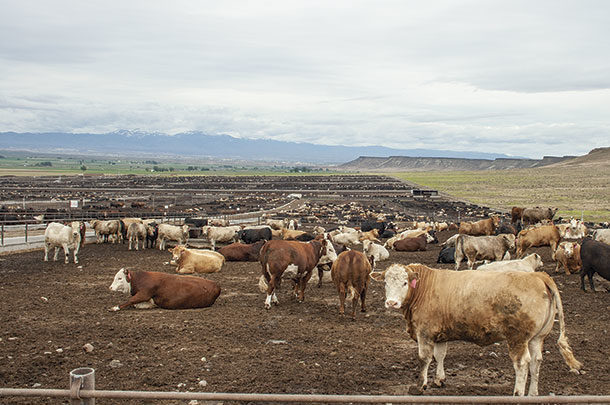Over the years, several articles have been written in various publications discussing the pros and cons of autogenous vaccine use and application.
Production losses due to bovine respiratory disease (BRD), pinkeye (IBK) and enteric diseases like salmonellosis have been well documented. The reality is the use of autogenous vaccines to combat these conditions is as applicable today as it has ever been.
The amendment of the Virus, Serum and Toxin Act in 1985 required any facility producing autogenous vaccines to be licensed by the USDA, but also allowed products produced at licensed facilities to enter interstate commerce. This amendment made for a big improvement in the quality and consistency of product supplied by autogenous vaccine companies.
The licensing requirements mean that any autogenous vaccine production facility is, basically, subject to the same inspection process in place for commercial vaccine companies.
Other than a few minor differences, product manufacturing and testing requirements are also the same, although antigenic mass (potency) is not required to be reported for autogenous vaccines. Reputable companies have internal testing procedures in place that give them a good indication of the amount of antigen present in each serial. They strive to put out products that give their customers the best chance for success.
When a new disease process is diagnosed in an operation, autogenous vaccine use can be indicated when there is no commercial vaccine available for that disease, when rapid response is required prior to the approval of a commercial vaccine or when a commercial vaccine is already in use and is ineffective.
In the case of emerging diseases, since the approval process for commercial vaccines can be three to five years, an autogenous vaccine may be a practical choice. An autogenous vaccine can be ready for use in four to 10 weeks depending on the disease in question.
Creating your vaccine
An accurate, complete diagnosis is the first and most important step when considering whether an autogenous vaccine is applicable. Samples should be collected from two or more acutely ill, nontreated animals and submitted to a reputable diagnostic lab.
If state, regional or other private labs are used, isolates can be forwarded to the selected vaccine company’s diagnostic lab for further characterization and identification and, if necessary, for possible inclusion into the vaccine. Depending on laboratory results, subsequent submissions in successive time intervals may be necessary to make sure the causative agents leading to the disease are found.
Vaccination and increasing herd immunity is an important part of antibiotic stewardship as it is one of the ways to reduce the need for antibiotics. Recent changes require veterinary oversight of medically important antibiotics used in livestock and poultry. These same medications can only be used for treatment purposes and not for growth promotion or feed efficiency.
Producers are very aware of the cost of adding an input such as a feed-grade or water medication, and are looking at all of the tools in their toolbox to put together the best plan to maintain herd health. A higher level of immunity to disease agents, both primary and secondary, has become a more important part of the picture today.
Changes in the size and types of housing in our livestock operations have also led to a heightened awareness for the potential uses of autogenous vaccines. In beef feedlots today, there is more continuous-flow type production, which can increase the risk of transmission of pathogens from one group to the next with potential perpetuation of disease agents in the herd.
There are fewer feedlots today that receive calves in the fall and have them finished for market by July or August before another group comes in the following fall. Therefore, there are fewer operations where the natural break in the disease cycle occurs by removing one population of animals before the next one arrives.
Also, the longer pathogens are allowed to exist in the herd, the higher potential there is for the development of strain variation. This, in many cases, can mean a re-break of clinical disease until the development of herd immunity. It takes a substantial amount of time to develop a new commercial vaccine and make it available. Unless there is cross-protection from the existing vaccine, an effective autogenous vaccine is a good option to build herd immunity and get the operation back to full production.
Autogenous vaccines are important to consider when fighting disease syndromes your current herd health plan is not taking care of. As with any disease prevention input, it is essential to assess herd health with proper follow-up herd examinations and diagnostic sample submission. However, autogenous vaccine use can be an important tool to help improve animal health. ![]()
PHOTO: Fewer feedlots means less time for natural breaks in the disease cycle. This increases some pathogen loads for strain variation. Staff photo.
Dr. Grant Weaver is a bovine technical services veterinarian for Phibro Animal Health in the Omaha, Nebraska, location. After working in private veterinary practice and the livestock industry for over 20 years, he started with Phibro in 2014 and continues to be active in the support of solutions for animal health issues.

-
Grant Weaver
- Bovine Technical Services Veterinarian
- Phibro Animal Health
- Email Grant Weaver












